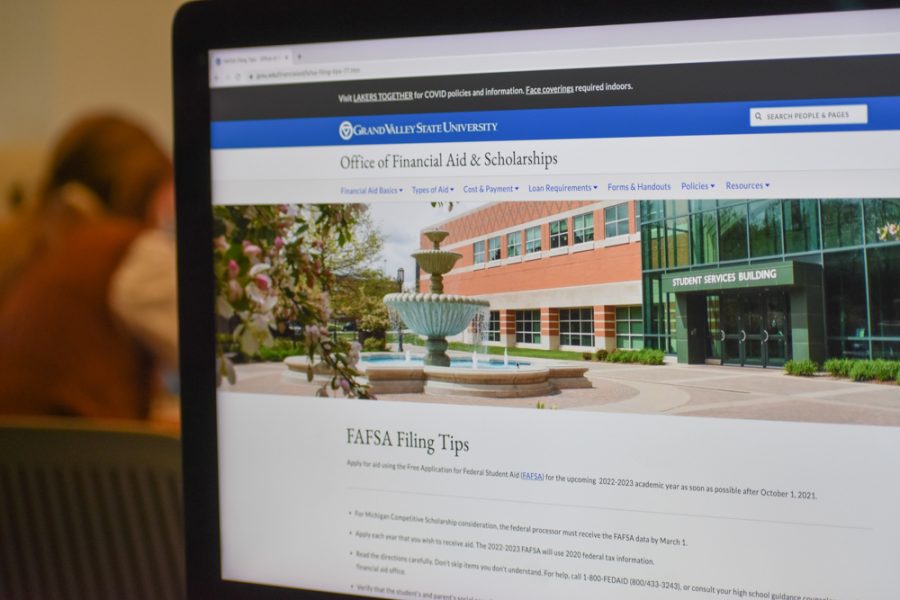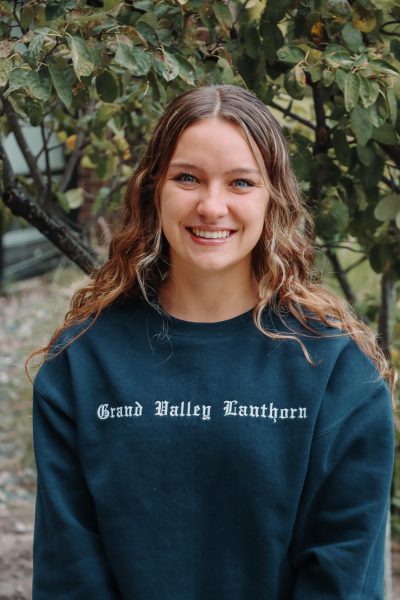GV students receive Higher Education Emergency Relief Funding
Nov 1, 2021
On Tuesday, Oct. 26 many Grand Valley State University students opened their emails to find that they had been granted money by the financial aid office. These funds are part of the Higher Education Emergency Relief Funding (HEERF) that is intended to give aid to students in the wake of COVID-19 financial hardships by contributing supplemental funds to students.
The HEERF is made up of two bills passed by Congress: the Coronavirus Response and Relief Supplemental Appropriations Act of 2021 (CRRSAA) and the American Rescue Plan (ARP). The CRRSSA provided student emergency grants in the amount that matched the original Coronavirus Aid, Relief, and Economic Security Act (CARES) funds, commonly referred to as HEERF II. Similarly, the ARP allocated additional funds to higher education institutions, which includes another portion for student emergency grants, referred to as HEERF III.
The original CARES Act granted GVSU $9.1 million which was given to students who demonstrated the greatest immediate financial need, in accordance with federal regulations. One of the ways need is determined is through FAFSA, which determines how much a family will be able to pay for college based on different aspects like income and household size. Students can complete the Special Circumstances Form which allows the financial aid office to make changes to the current year FAFSA based on new documentation of need.
Unlike the original CARES grants, the HEERF bills can be granted to any current GVSU student who has demonstrated need.
“When HEERF II was passed, we immediately reached out to students who had applied for Federal CARES Act funds and were not eligible, and granted them HEERF II funds,” said Associate Director of Financial Aid at GVSU Anna Johnson.
The GVSU financial aid office issued block grants from HEERF II and III to students who have filed their FAFSA demonstrating interest in financial assistance. Johnson said that 17,597 students have been assisted with HEERF II and III funds.
GVSU students are encouraged to set up direct deposit to receive this money but are also able to have the money in the form of a check. This money can be used in any way that students see fit during this time.
“I was really surprised because I had not heard anything about this money previously,”said sophomore Ava Girmscheid. “I was very happy though and very relieved because I knew it would provide financial stability for a while.”
Although these emergency funds provide additional aid for students, they are not set to be permanent resources. The HEERF II and HEERF III emergency grants must be spent by May 2022 and these types of grants are not anticipated to extend beyond that point.
The GVSU financial aid office offers additional permanent resources in order for students to continue to receive their education and meet their needs through their time at the university. These resources include the federal aid application through FAFSA, the myScholarships page which allows students to fill out a general application and then filter through scholarships that apply to them and the GVSU Financial Hardship Grant Request Form.
“It has been our privilege to walk alongside our GVSU students in these difficult times,” Johnson said. “We have met with students in person, over zoom, over the phone, or read their stories through the Hardship Request Form. We have been moved greatly by what our students have endured, how they have pressed on to continue their studies, and how they have navigated an ever-changing world of uncertainties.”























